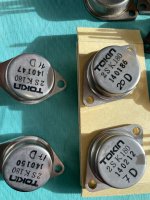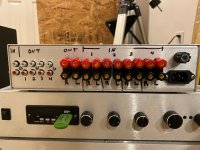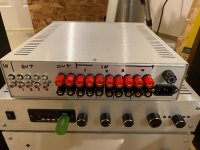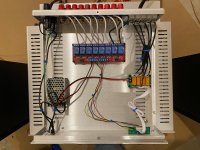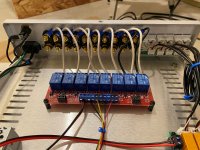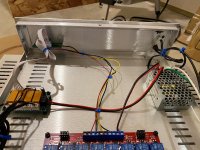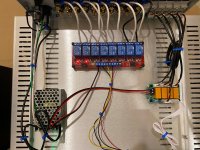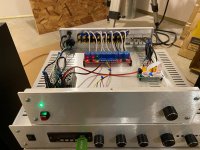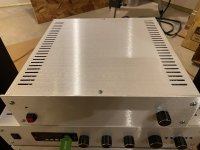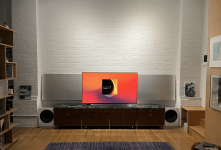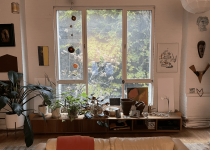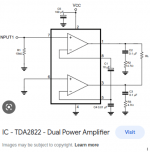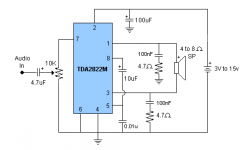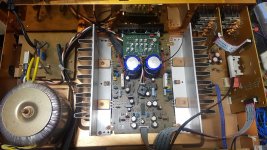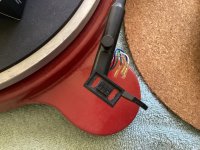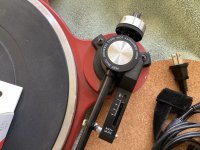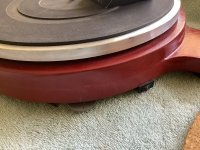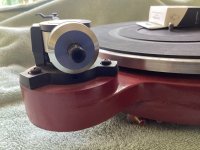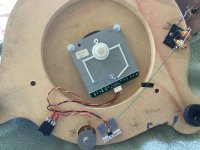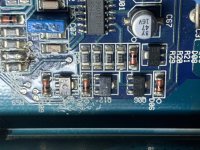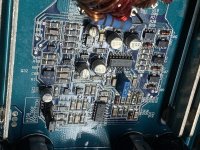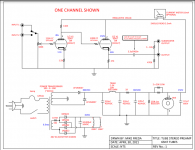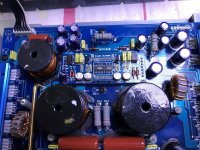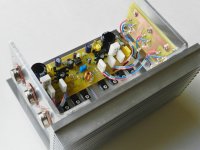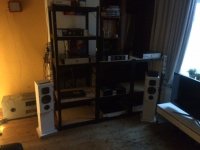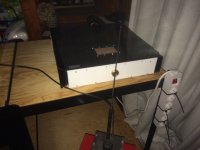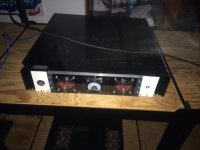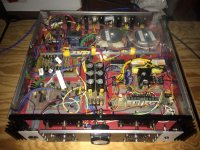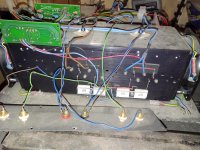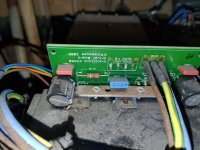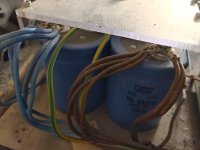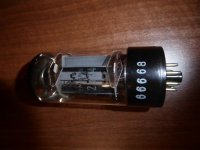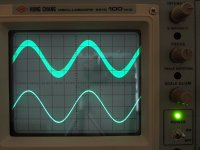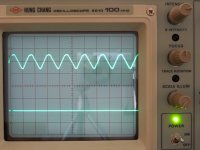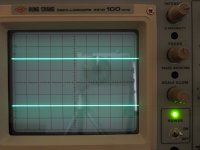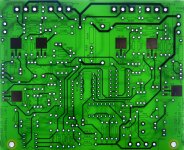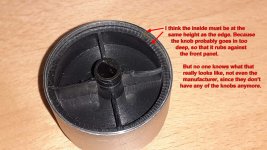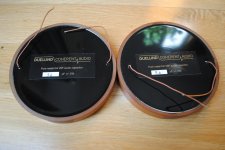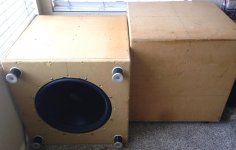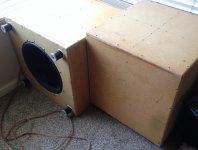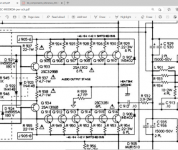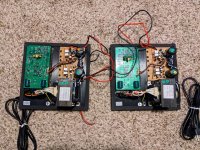Background
I have a pair of FA123s that I no longer use. One of them has an issue I can have Hypex address, but I have another thought.
I'd like to repurpose the components of the FA123s in support of extending my home theater audio system (see attached image).
I have two stereo NCore amps that I use with a miniDSP device to integrate DML panels and woofers that serve as left and right front speakers.
I have additionally turned my LG OLED TV into a center channel speaker by attaching an exciter to it.
I have smaller DML speakers to serve as rear left & right channel speakers.
I have an A/V pre-processor that has the capacity to do the room equalization I may need.
I need amplifiers for the smaller DML rear left & right speakers and the center channel speaker.
I can use the working FA123 for the center channel, but this seems too much of a device for the purpose.
Additionally, as I would use RCA analogue out from the A/V pre-processor to the FA123, the FA123 would first do an ADC (analogue to digital conversion) make the digital available for DSP, then apply its DAC to return analogue output to the center channel speaker.
The FA123 does much more than I need.
This said, the FA123s's NCore amps -
on their own - could prove a great match for my application.
Question
Could I repurpose any of the components of these FA123s?
I could have all the following wrong (see attached image) ...
The 100w amp appears to sit on a discreet board and receives power from the power supply mounted on the board holding the two 125w amps.
I don't need the DSP | DAC functionality.
Would the following work for the center channel amp?
- RCA analogue inputs.
- Binding posts for speaker wire.
- Add an appropriate power supply for the 100w amp.
- Supply mains connection.
- Put in in a box.
The question then becomes whether I can do something similar for the rear right & left channel, but using the 125w amps and bypassing DSP | DAC.
I know I can purchase 2 or there
UcD180HG with HxR from Hypex and put something together, but I really don't need 180 watts per channel.
These FA123s have served me very well across a number of different systems, I'd love to give them another life.
Any thoughts appreciated.


